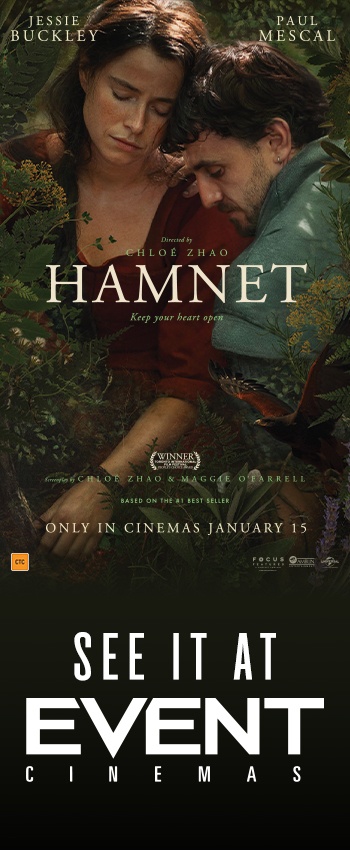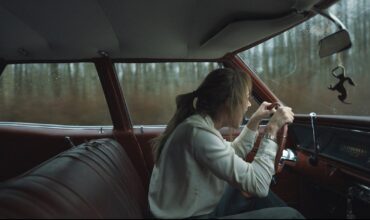Joker: Folie à Deux is one of the most anticipated films this year, given how excellent the first film was. Todd Phillips’ Joker (2019) was a gritty character study that changed how people thought about what a comic book movie could be. With this film introducing Joker’s partner in crime – Harley Quinn, DC fans have very high expectations for this sequel.
One of the most talked-about aspects of this film was the casting of Lady Gaga as Harley Quinn. After having seen the film, I felt Gaga’s portrayal never quite clicked. Her Harley Quinn lacks the depth and edge that other interpretations of the character have had. Gaga clearly has the talent, but here, she feels wasted. The chemistry between her and Phoenix never amounts to much, and her character comes across as more of an afterthought than the vital counterpart she should have been.
On the flip side, Joaquin Phoenix continues to deliver in his Oscar-winning role. His Joker remains captivating, unhinged, and deeply unsettling. Phoenix embodies this character with a level of commitment that is nothing short of astonishing. Every twitch, every laugh, every moment of silence is filled with meaning. Even in the film’s weaker moments, Phoenix keeps you glued to the screen. His Joker is once again the heartbeat of the film, and without him, Folie à Deux would struggle to stay afloat.
One of the most divisive choices in this film is the musical element, which, while bold and inventive, ultimately feels like a misstep. What starts off as a novelty quickly becomes a distraction, detracting from the film’s core narrative. By the time the musical sequences were over, I found myself relieved, eager for the movie to return to the grounded, gritty tone that worked so well in the first instalment.
To its credit, I respect that the filmmakers tried to do something different by incorporating the musical elements and even introducing the film with an animated sequence. There’s clear ambition behind these choices, but for me, they detracted from the overall experience.
Thankfully though the film is stunning. Every frame is meticulously crafted, with cinematography that transforms each shot into a work of art. The lighting, colour palette, and camera work combine to create a visually arresting experience that echoes the stylistic brilliance of the original film. There’s a sense of artistic intent behind every scene, even if the overall narrative doesn’t quite measure up. Todd Phillips and his team certainly know how to make a movie look good.
However, despite these technical achievements, the film feels like it lacks purpose. Where the first Joker had a clear thematic focus—exploring societal decay and mental illness—Folie à Deux struggles to justify its existence beyond being a sequel. The story feels drawn out, and while there are compelling moments, the film ultimately drags, particularly in its final act. Without going into spoilers, the controversial ending didn’t work for me and felt anticlimactic. With DC Studios having changed hands and the studio clearly going in a different direction, it’s a shame to think this will most likely be the last Joker film.
In conclusion, Joker: Folie à Deux is a mixed bag. It has moments of brilliance, particularly thanks to Joaquin Phoenix’s incredible performance and the beautiful cinematography. However, it also feels like a film that was made because it had to be, rather than because it had something new to say. The musical elements, while daring, ultimately undermine the film’s pacing, and Gaga’s Harley Quinn fails to leave a lasting impression. While it may be worth watching for die-hard fans of the first film, it lacks the substance and impact that made the first Joker such a groundbreaking film.
Rating 5/10




